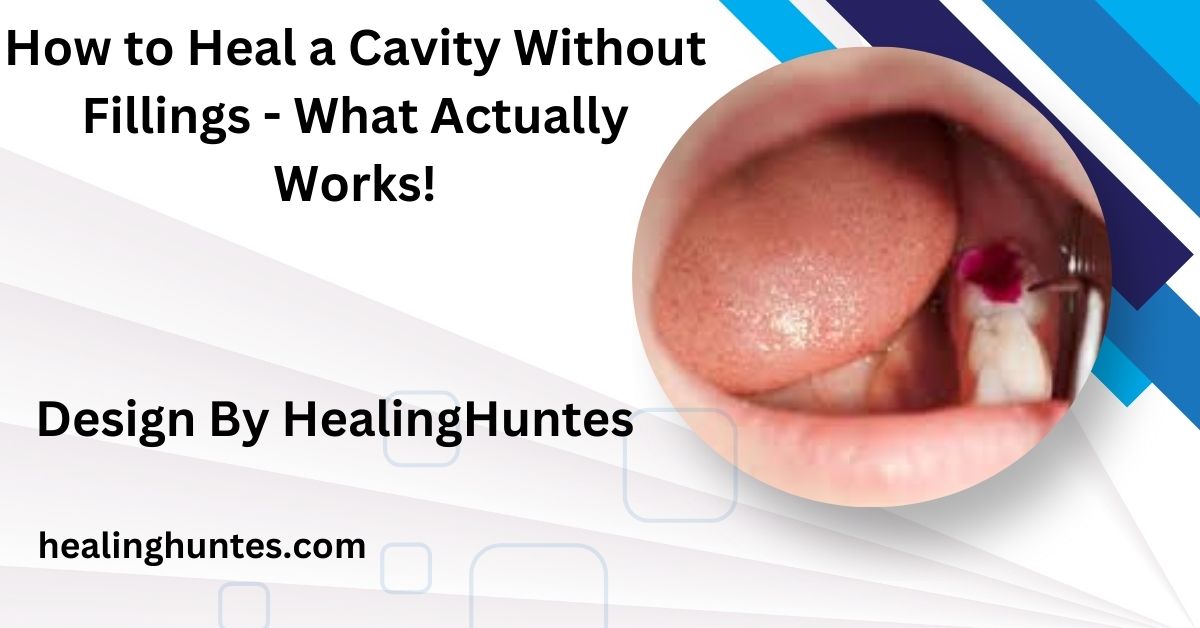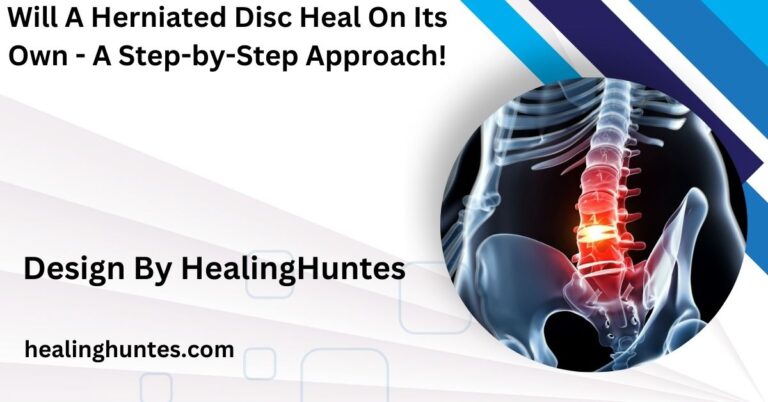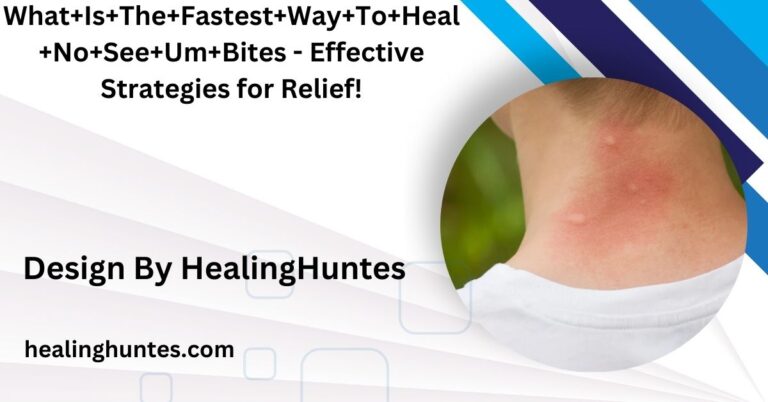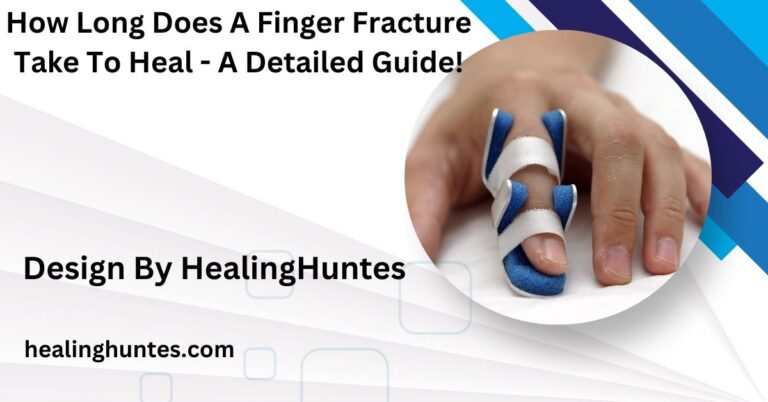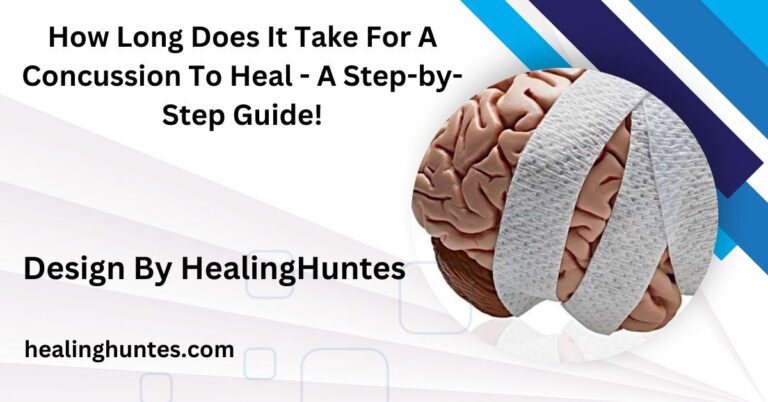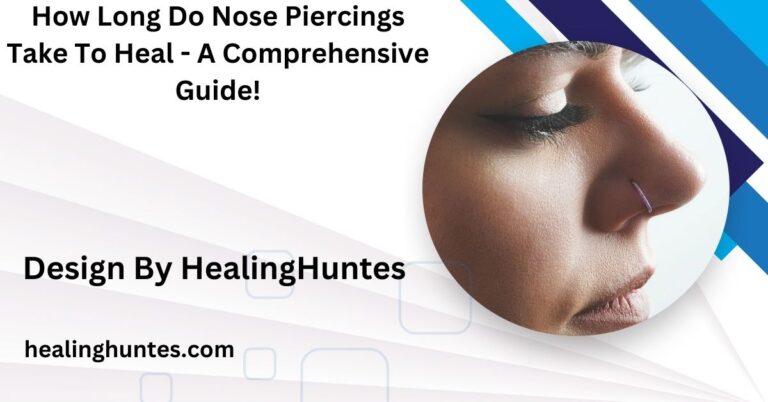How to Heal a Cavity Without Fillings – What Actually Works!
Yes, early cavities can heal without fillings through proper diet, oral hygiene, and remineralizing products, but advanced decay requires professional treatment.
This article explores effective methods to heal cavities naturally, preventive strategies, and when professional intervention is necessary.
Understanding the Healing Process of Cavities:

Healing a cavity without fillings is possible only in the early stages, known as demineralization. During this phase, minerals like calcium and phosphate are lost from the enamel, making the tooth surface weaker. With proper care and dietary changes, this process can be reversed, restoring the enamel. However, once a cavity progresses into the dentin or pulp, it can no longer heal naturally. At this stage, professional dental treatment is required to prevent further damage.
Natural Ways to Heal a Cavity Without Fillings:
Healing a cavity naturally involves focusing on a nutrient-rich diet with calcium, phosphorus, and vitamin D to support enamel remineralization. Practicing oil pulling with coconut oil can help reduce harmful bacteria, while using fluoride toothpaste strengthens the enamel. Consistent hydration and excellent oral hygiene also play crucial roles in cavity healing.
1. Focus on a Nutrient-Rich Diet:
A diet rich in calcium, phosphorus, and vitamins D and K is essential for remineralizing teeth. Foods like leafy greens, dairy products, nuts, and fatty fish support enamel repair. Avoid sugary and acidic foods that feed harmful bacteria and accelerate decay.
2. Practice Oil Pulling:
Oil pulling is an ancient remedy that involves swishing coconut or sesame oil in your mouth. This practice helps reduce harmful bacteria, promotes oral hygiene, and may aid in cavity healing. Try oil pulling for 15–20 minutes daily for best results.
Also Read: Teeth Taken Out How Long To Heal – Tooth Extraction Healing!
3. Use Remineralizing Toothpaste:
Toothpaste containing fluoride or hydroxyapatite can strengthen enamel and reverse early decay. These products replenish lost minerals, making teeth more resistant to acid attacks. Brushing twice daily with remineralizing toothpaste is key to healing cavities naturally.
4. Maintain Excellent Oral Hygiene:
Regular brushing and flossing remove plaque, the main contributor to cavities. Use a soft-bristled toothbrush and fluoride toothpaste to clean your teeth thoroughly. Don’t forget to floss daily to reach areas that brushing misses.
5. Drink Plenty of Water:
Water helps wash away food particles and neutralize acids in the mouth. Staying hydrated also promotes saliva production, which is crucial for maintaining a healthy pH and repairing enamel. Aim to drink water after every meal or snack.
Foods That Help Heal Cavities Naturally:

Foods rich in calcium, phosphorus, and vitamin D, such as dairy, leafy greens, and fatty fish, support enamel remineralization. Nuts, seeds, and green tea also provide essential nutrients that help protect and repair the teeth. Reducing sugar and acidic foods is key to preventing further decay and aiding the healing process.
Certain foods are particularly beneficial for tooth health:
- Dairy Products: Rich in calcium and phosphorus, they help rebuild enamel.
- Leafy Greens: Provide essential vitamins and minerals for oral health.
- Nuts and Seeds: Contain minerals that support enamel remineralization.
- Green Tea: Contains antioxidants and fluoride to protect teeth.
Avoid sugary beverages, processed snacks, and acidic fruits that erode enamel and feed cavity-causing bacteria.
Signs Your Cavity Is Healing Naturally:
One sign that your cavity is healing is a reduction in tooth sensitivity, especially to hot, cold, or sweet foods. You may also notice a decrease in visible white spots or discoloration on the enamel, indicating remineralization. Additionally, healthier gums and improved overall oral health are positive indicators of cavity recovery.Recognizing improvements in your dental health can be motivating. Signs that a cavity may be healing include:
- Reduction in Sensitivity: Teeth feel less sensitive to hot, cold, or sweet foods.
- Improved Appearance: The white spots on your enamel diminish, indicating remineralization.
- Healthy Gums: Reduced inflammation and better gum health support overall oral healing.
If these signs aren’t evident after consistent effort, consult a dentist to assess the cavity’s progression.
Also Read: How To Heal Bitten Tongue Faster – A Complete Recovery Guide!
Common Myths About Healing Cavities:
One common myth is that all cavities can heal naturally, but once the decay reaches deeper layers, professional treatment is required. Another misconception is that fluoride is unnecessary, though it plays a crucial role in remineralizing enamel. Additionally, brushing harder doesn’t remove cavities; it can actually damage the enamel and gums.
“All Cavities Can Heal Naturally”:
Once decay reaches the dentin or pulp, professional intervention is necessary. Natural remedies are effective only for early-stage cavities.
“You Don’t Need Fluoride”:
Fluoride plays a vital role in remineralizing enamel and preventing further decay. It’s a safe and effective way to heal early cavities.
“Brushing Harder Removes Cavities”:
Aggressive brushing damages enamel and gums. Instead, focus on gentle, thorough cleaning with the right toothpaste.
When to Seek Professional Help:
While early cavities can be healed naturally, some situations require a dentist’s expertise:
- Persistent Pain: Ongoing discomfort may indicate deeper decay.
- Visible Holes or Dark Spots: These suggest the cavity has progressed.
- Swelling or Infection: These symptoms indicate advanced decay needing immediate attention.
Regular dental check-ups ensure cavities are detected early and treated effectively.
FAQ’s
1. Can cavities heal naturally without fillings?
Yes, small cavities in the enamel layer can heal naturally with proper care, but deeper cavities require professional treatment.
2. How long does it take to heal a cavity naturally?
Healing time depends on the cavity’s size and your efforts, but noticeable improvements may occur within a few weeks to months.
3. What toothpaste helps heal cavities?
Fluoride or hydroxyapatite toothpaste is effective in remineralizing enamel and preventing further decay.
4. Can oil pulling cure cavities?
Oil pulling can reduce bacteria and improve oral hygiene but is not a standalone cure for cavities.
5. Are there any risks to trying to heal cavities naturally?
The main risk is allowing the cavity to worsen if natural remedies aren’t effective. Regular dental check-ups are essential.
Conclusion
Healing a cavity without fillings is possible in its early stages through natural methods like proper nutrition, good oral hygiene, and remineralizing products. While deeper cavities require professional dental care, maintaining a healthy lifestyle can prevent further decay and support enamel repair. It’s essential to monitor any changes and seek a dentist’s advice if symptoms persist. Prevention, through regular dental check-ups and a balanced diet, is the key to long-term oral health.
